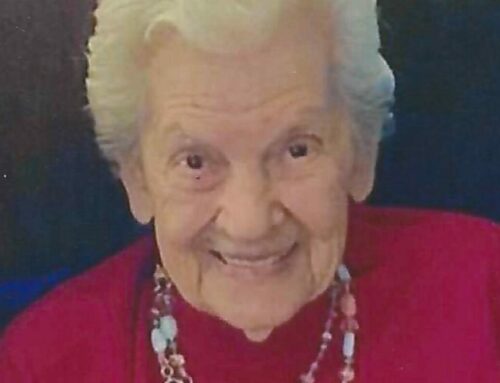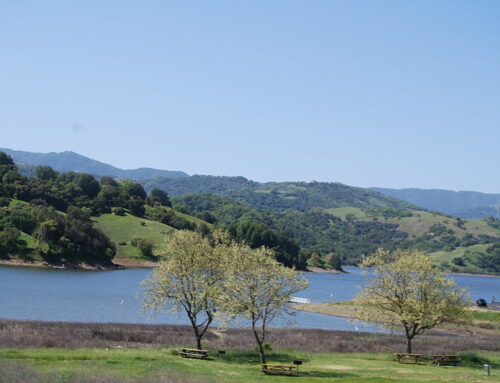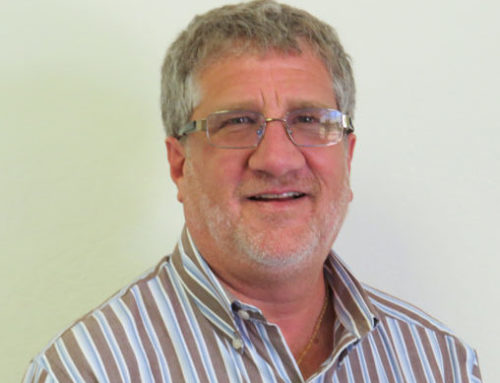Published in the April 1-14, 2015 issue of Morgan Hill Life
During the past few months, I have been digging into the historic route of the El Camino Real which is also known as Monterey Road, the San Jose Road and the State Highway. Geographically, my interest extends from the tiny hamlet of Coyote in the north to the boundary line with San Benito County in the south. There are plenty of great stories to share, so I propose a series of outings extending over the next few months as we visit particular stopping points on our way to San Juan Bautista.
I am of the opinion that southern Santa Clara County is best described as beginning at Coyote Valley and the original land grant of Rancho Laguna Seca. Where Coyote Creek cuts through the Narrows at Tulare Hill (near Metcalf Road) William Fisher in 1845 purchased the “Refugio de la Laguna Seca” at an auction for the unheard sum of $6,000, obtaining a nearly 20,000-acre parcel. The Mexican government had granted the rancho originally to Juan Alvires in 1834, but he was forced to sell his holdings due to financial difficulties.
The Alvires adobe (the Fisher’s first residence) was located in the very northern part of the rancho where the Coyote Ranch Park is today. The adobe homesite is no longer there but the second generation of Fishers did expand the ranch and some of their buildings still remain.
Laguna Seca translates as “Dry Lake” and refers to the seasonal lake which would spread out across Coyote Valley after heavy rains. The lakebed formed because of a pocket depression near the Santa Teresa Hills close to the IBM facility just north of Bailey Road. Mr. Fisher was a ship captain sailing along the West Coast of Alta and Baja California. He started a family in Baja after his marriage to Liberata Cesena in 1834, and then permanently moved his family to the rancho in 1846. His early death at the age of 40 in 1850 presented Liberata with many challenges as there were six children and land was nearly empty of neighbors — just people passing through on their way to the gold diggings. One of her daughters, Maria, then age 15 in 1851, married Daniel Murphy who owned the rancho to the south. Liberata passed away in San Jose in 1905.
The influx of ‘49ers traversing the Coyote Creek corridor (the El Camino Real) meant that people would often camp on the Fisher’s rancho lands and purchase food (usually beef or mutton prepared in variety of fashions) for their journeys between the pueblo of San Jose and either San Juan Bautista or Monterey.
The business idea of roadhouses quickly developed as stopping points for the weary travelers. These “mile houses” began to pop up in the early 1850s — Coyote was 12 Mile House and Tennant’s was 21 Mile House. They were among the first framed buildings (rough hewn redwood) in Santa Clara County, providing rest, food and always some strong beverage to quench the thirst of travelers. It should be mentioned that Coyote was first called Burnett after California’s first governor but the name was officially changed in 1882 probably due to the large number of coyotes roaming the hills and singing at night.
The Fisher’s youngest son, Fiacro, was very active in the small community serving as the local postmaster. He deeded a portion of his land along the El Camino to a local association of land owners for a meeting hall in 1892. The building came under the management of the Encinal Women’s Club during the 1920s and the hall was rented to newly-organized Coyote Grange in 1925. As for the 12 Mile House, it outlasted most of the other stage stops in California. It was a landmark for travelers, and inside was a saloon with a 40-foot polished mahogany bar that made it a favorite for generations of ranchers and cowboys. The landmark structure and historical momentos were completely consumed by fire just before dawn the morning of Jan. 16, 1963.
One final story about Coyote and the El Camino… during the mid-1890s there was a railroad strike and the cowboys had to drive the cattle up Monterey Road to the stockyards in San Francisco. Imagine the dust and chaos caused by a large herd of Miller and Lux cattle coming down from the Las Animas Hills expecting to stop at the Coyote holding pens awaiting a train shipment but having to continue right up the peninsula on hoof. Rawhide!
I look forward to seeing you on Sunday April 12. Keep on sauntering!
Mike Monroe is a business owner and naturalist. He is a docent for Santa Clara County Parks.
EL CAMINO REAL
When: 10 a.m. Sunday April 12
Location: The parking area at the corner of Blanchard and Monterey roads near the railroad tracks in Coyote.
Description: Easy walk of historic district
Contact: Mike at (408) 234-6377







